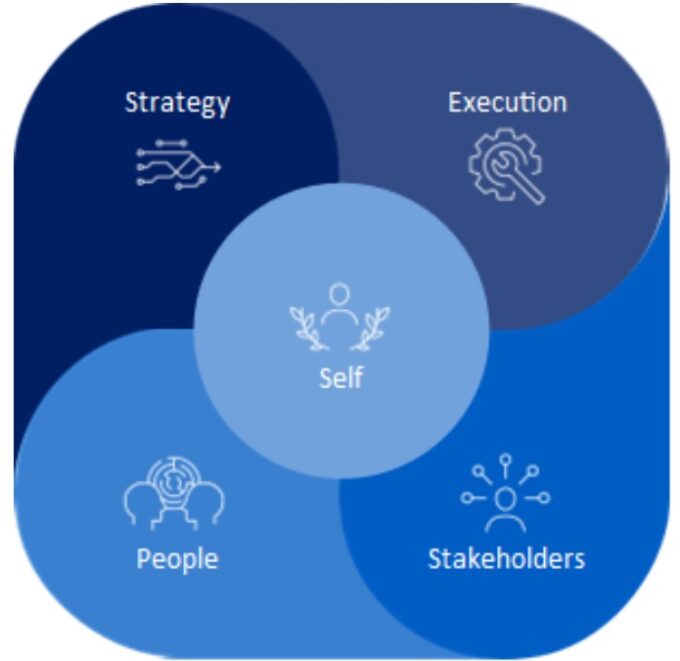Another scenario is ‘talent hoarding.’ Sometimes managers appreciate the value and contribution of their talent so much that they don’t want to share them and will therefore not propose them for development in other roles in the company. An unbiased assessment of competencies and behaviors can allow these hidden gems to become more visible to others, opening up new possibilities for the individual.
Increased impact
IMD’s Head of Impact, Johanna Leppävirta has developed approaches to demonstrate how to connect talent assessment and development to organizational performance. Some examples include looking at the extent to which individuals’ involvement improves processes and therefore increases productivity through contributing to measures to increase revenue, profitability, and speed, or to reduce costs and downtime.
These approaches have been incorporated into personalized talent development journeys. By crafting high-impact journeys with embedded measures to track progress and facilitate further personalization, organizations can achieve a higher impact on performance and a greater ROI on their investments in talent development.
According to Piskorski, precision personalized progression planning enables organizations to support leaders to address the immense demands that they face in business today. “As well as performing while transforming, leaders face a proliferation of responsibilities and expectations to capitalize on economic and market changes while managing in an unstable and evolving geopolitical world,” he said. “But these demands are being matched by innovative talent assessment and development strategies that can identify, assess, develop and sustain a pipeline of top talent for today and tomorrow.”










 Podcast available
Podcast available

 Audio available
Audio available

